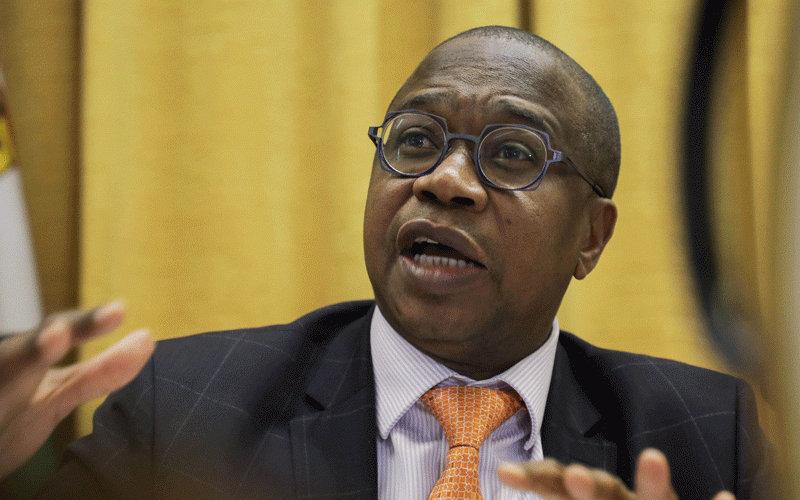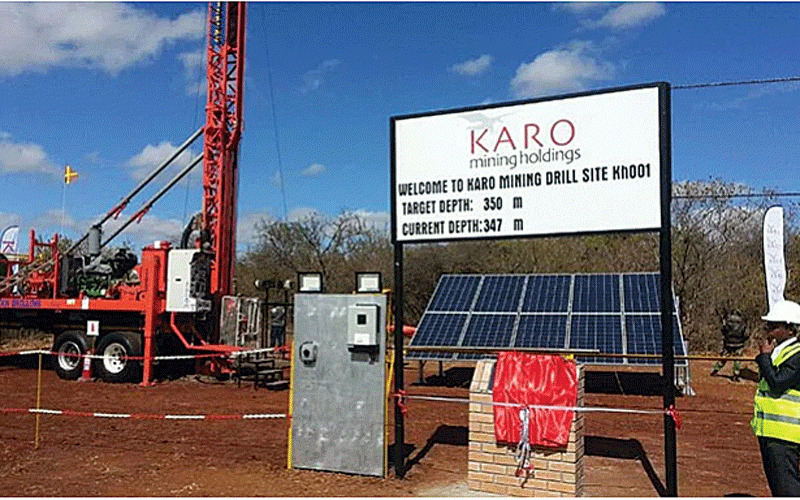
Treasury will stick to the current macroeconomic framework in place, a move that might not give relief to consumers regarding inflationary pressures as general elections loom in less than two weeks.
In the 2023 midterm budget and economic review released on Friday, Finance minister Mthuli Ncube revised the gross domestic product projections upwards by 1,5 percentage points to 5,3% for the year.
The revised growth rate, according to Ncube, is underpinned by a strong performance in agriculture, information and communication technology (ICT), accommodation and food services, and improvements in the electricity supply situation.
With this revised projection, Ncube said Zimbabwe was now “among the fastest growing economies in Africa”.
This is despite the country suffering high inflation and low production among other challenges.
Zimbabwe experienced significant exchange rate depreciation between April and June 2023 driven by both demand and supply factors, which exerted significant pass-through to inflation.
As a result, prices of goods skyrocketed in the supermarkets, resulting in the majority of people failing to meet basic needs.
The government responded with a raft of measures including further liberalisation of the exchange rate, tighter monetary policy and the introduction of gold coins and gold-backed digital tokens.
- Budget dampens workers’ hopes
- Govt issues $24 billion Covid-19 guarantees
- Letter to my People:They have no answers for Nero’s charisma
- ZMX to enhance farm profitability
Keep Reading
Annual inflation, which had risen from 865%, in May 2023 to 175,8% in June 2023, fell to 101,3%i n July 2023.
However, despite these efforts, consumers still face high US dollar pricing that rose by about 10% and 25% last month, according to United States Agency for International Development (USAid).
“With respect to the domestic economy, growth is now projected at 5,3% in 2023,” Ncube said.
“Already, ZimStat estimates economic growth during the first quarter of 2023 at 6,2% and 6,5% for the year 2022.
“Such growth rates put Zimbabwe among the fastest growing economies in Africa
“The revised projected growth of 5, 3% in 2023 is on account of strong performance in agriculture (9,7%), ICT (4,9%), accommodation and food services (20,5%), as well as substantial improvements in the electricity supply situation, following the successful synchronisation and subsequent commercialisation of Hwange 7 and 8 units.”
He said that the agriculture sector was initially projected to grow by 4% in 2023 but was now projected to grow by 9,7%.
“The total cereal production, excluding the winter wheat crop is estimated at 2.6 million tonnes for 2023, a 40% above the production levels achieved last year.
“Overall growth in the mining sector during 2023 is now projected at 4,8%, benefiting from increases in the production of lithium, chrome, diamonds and platinum group minerals,” Ncube said.
He said the manufacturing sector was expected to grow by 2,2% in 2023, on account of a better agricultural season and measures being implemented by government to tame inflation and exchange volatility.
Government is taming the inflation and exchange rates by mopping up excess liquidity through deliberately reducing the Zimbabwe dollar in supply, introducing gold tokens, and lowering foreign currency taxes.
This has seen the local currency stabilise against the greenback forcing businesses to reduce their local currency pricing and opting instead to raise their US dollar pricing to cover for the potential loss of value.
To combat these effects, Treasury last week raised the tax-free threshold from $91 666 per month to $500 000 per month, with the highest marginal tax rate of 40% now applying to incomes above $15 000 000 per month.
Some analysts have dismissed this measure as most businesses in the private sector are paying wages above that amount, as they were forced to readjust in line with the depreciation of the Zimbabwe dollar in May and June.
Local financial services firm, IH Securities in a review over the central bank's mid-term monetary policy statement released last week, predicted that Zimbabwe dollar payments to contractors, the source of the local currency losing value, would resume post-election.
“The central bank has reiterated its stance of maintaining a hawkish approach to defend the local currency and sustain the ongoing stability. We expect competitive rates on the wholesale auction for foreign currency to drive steam off the parallel market in the interim," research firm said.
“However, we are of the view that Zimbabwe dollar payments to contractors are likely to resume post the election period reversing the current liquidity crunch."
USAid reported that consumers were still facing a high cost of living and low incomes which was constraining household purchasing power, particularly, for households earning local currency.










